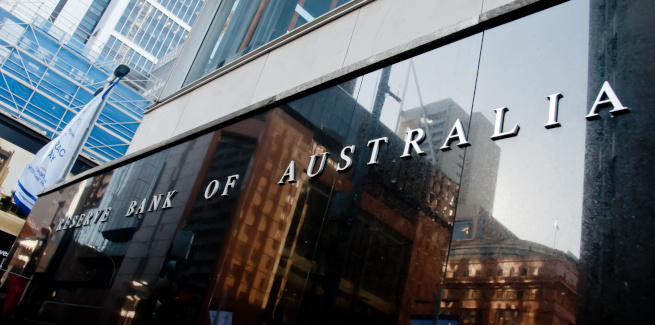Despite expectations of a cut, the Reserve Bank of Australia (RBA) has held the official cash rate at 1.5 per cent.
Most analysts (75 per cent) surveyed by rate comparison website Finder.com.au predicted the hold verdict; however, expectations of a cut have intensified over the past few months, particularly off the back of flat inflation data reported by the Australian Bureau of Statistics (ABS) and continued weakness in the housing market.
Senior economist at AMP Capital Shane Oliver was among the 25 per cent of analysts surveyed by Finder that expected a rate reduction.
“Rate cuts were already on the way thanks to slower economic growth and the downturn in the housing cycle, but weaker than expected underlying inflation in the March quarter argues that the RBA should move sooner rather than later,” he said.
Treasurer of ING Australia Michael Witts agreed: “The inflation print is a concern for the RBA, notwithstanding the positive labour market, the RBA will be seeking to reflate the economy.
“It must be remembered that interest rate changes have a lagged impact on the economy.”
However, economist at Moody’s Analytics Katrina Ell said the unemployment rate would need to “consistently head higher” before the RBA makes a monetary policy adjustment.
Head of corporate affairs at Mortgage Choice Jacqueline Dearle added that the RBA would hold off on a cut until after the upcoming federal election.
“History shows us that the RBA does not move the cash rate during an election campaign, so the RBA is likely to hold the cash rate in May,” she said.
“However, a number of factors would make the case for a cut when the board meet again in June or August, should some of the key current factors prevail.”
Of the 38 analysts asked to predict the trajectory of monetary policy, 84 per cent predicted the RBA would cut the cash rate by August.
Despite some concerns that a cut would rekindle the housing boom, CoreLogic’s head of research, Tim Lawless, said that it would not provide the same stimulus to housing that it has in the past due to tighter credit conditions.
“If the cash rate does move lower later this year, a reduction in mortgage rates would provide some support for housing demand; however, we may not see quite as much stimulus for housing market conditions that we have seen after previous rate cuts,” he said.
“Generally, housing sentiment remains low and borrower mortgage serviceability is still assessed based on mortgage rates of at least 7 per cent.
“Households who already have a mortgage or prospective borrowers who are able to satisfy lender credit policies will be the winners if interest rates do fall later this year.”
Further, speaking to Mortgage Business for a special episode of the Mortgage Business Uncut podcast, the founder, co-CIO and portfolio manager of Coolabah Capital Christopher Joye said that regulators may consider alternatives to a cash rate cut to stimulate the housing market.
Currently, APRA suggests that prudent lenders should use an interest rate buffer “comfortably above 2 per cent” over the loan product rate as well as an interest rate floor “comfortably above 7 per cent” to ensure that interest rate changes do not adversely impact on a borrower’s capacity to repay a loan.
This also enables the lender’s portfolio to absorb any potential stress should there be an economic downturn or rising interest rate environment, without producing unexpectedly high loan default losses.
However, Mr Joye said that the lenders, RBA and APRA could be looking at reducing the floor rate of 7.25 per cent by 50 basis points to 6.75 per cent.
“If you run some rough numbers, for a typical borrower, that would allow them to improve their borrowing and housing purchase capacity by about 5 per cent, which is quite significant.
“I think the logic is that – given you can get a home loan for about 3.5 per cent right now – the chance of seeing a 7 per cent plus rate in the next five or 10 years is pretty slim. Particularly given the 10-year government bond yield share in Australia is 1.8 per cent… So, basically, bond markets are saying they don’t think the cash rate will increase for a decade, and yet we’re forcing borrowers to determine their borrowing capacity based on a minimum rate of 7 and a quarter, which seems outdated.”
[Related: Rate cuts not the solution: Westpac CEO]
 ;
;
